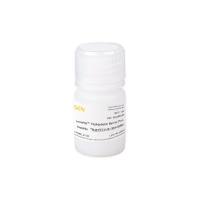Modelling the BloodBrain Barrier
互联网
559
Located at the level of brain capillaries, the blood–brain barrier (BBB) is a crucial component of the neurovascular unit,
since its highly regulated properties are needed to maintain optimal conditions for proper neuronal and glial functions. Therefore,
understanding BBB features and behaviours in physiological and pathological conditions is a key issue in neurobiology. Since
the BBB controls the exchanges between the blood and brain compartments, it also represents a major hurdle for molecules to
reach the brain parenchyma. Given the localisation and complexity of the BBB in vivo, modelling the BBB in vitro can help
to investigate cellular and molecular mechanisms, as well as evaluate the ability of compounds to cross the BBB. In this chapter,
three in vitro BBB models will be described; all the methods and materials needed to design and to use each one will be detailed.
The first model, comprising a coculture of bovine brain capillary endothelial cells and rat glial cells, is a powerful and
robust system for studying mechanistic aspects and biological processes. To go further in immunological and molecular aspects,
a syngenic mouse model based on a coculture of mouse microvessel endothelial cells and glial cells will be useful. The last
model was designed to generate BBB toxicity and permeability data at a large scale, which is helpful in the development of
central nervous system compounds. Ready after only 4 days of culture, it is suitable for a high throughput screening of molecules.









